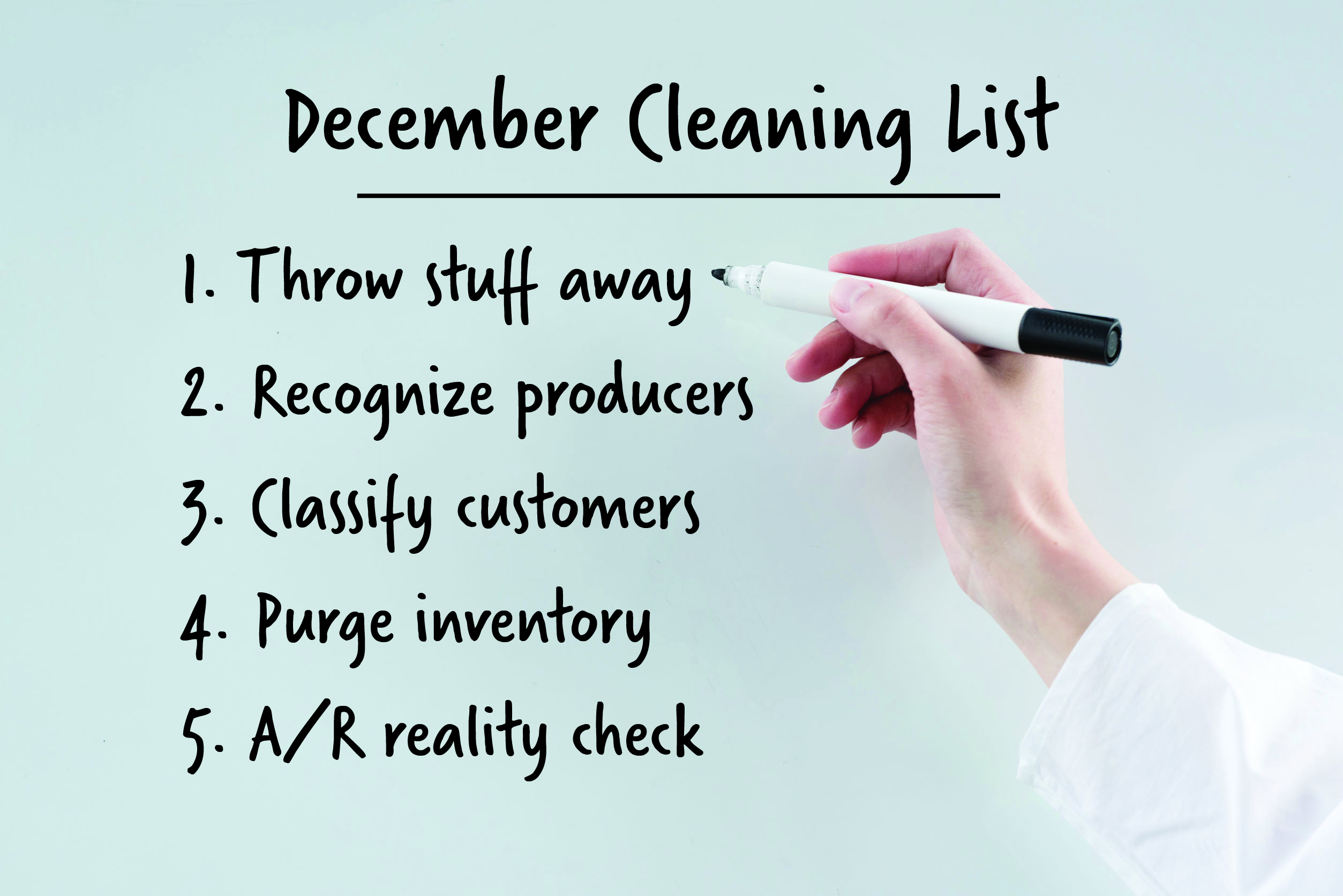 Whether it’s a year where something we once knew as “normal” was part of our reality, or during an unprecedented and unimaginable year of a global pandemic, the abiding management question for all small business owners is always valid: “What’s the best use of my time right now?” And at no other time of the year are we more time-management challenged than in December.
Whether it’s a year where something we once knew as “normal” was part of our reality, or during an unprecedented and unimaginable year of a global pandemic, the abiding management question for all small business owners is always valid: “What’s the best use of my time right now?” And at no other time of the year are we more time-management challenged than in December.
The twelfth calendar month is the only one where two powerful imperatives converge against a hard stop, each demanding a full measure of your time, attention, and resources:
- The perennial push to close out the sales year as strongly as possible, while
- Simultaneously taking steps to set the business up for a fast and clean start when the New Year dawns on January 1.
Pardon the football metaphor, but in the marketplace game, your business plays all year, December is the two-minute drill of your fourth quarter. And in this tight transition period, that fierce competition for precious time and resources requires discipline and devotion to fundamentals.
Our grandmothers practiced the fundamentals of spring cleaning when the weather broke warm. In the marketplace, in order to kick off the New Year right, your spring cleaning should happen before then. There are many targets for a business’s December cleaning, but here are five important ones to get you started.[Continue Reading]

 Imagine that your best employee just resigned. How much will it cost – directly and indirectly – to find, hire, train, and get a replacement to the productivity level of your exiting employee? You already know the answer: maybe years. Not a scenario you want to contemplate, right?
Imagine that your best employee just resigned. How much will it cost – directly and indirectly – to find, hire, train, and get a replacement to the productivity level of your exiting employee? You already know the answer: maybe years. Not a scenario you want to contemplate, right? This is the last of a three-part series covering what I call The Five Financial Mysteries. In the first two articles, the first three Mysteries were revealed about the relationship between cash, accounting, and profit.
This is the last of a three-part series covering what I call The Five Financial Mysteries. In the first two articles, the first three Mysteries were revealed about the relationship between cash, accounting, and profit. This is the second of three articles on how to prevent your firm from becoming part of the increasing mortality statistics of U.S. small businesses. That’s right. The SBA reports that 50% of small businesses fail in the first four years, instead of five years, as they reported 20 years ago.
This is the second of three articles on how to prevent your firm from becoming part of the increasing mortality statistics of U.S. small businesses. That’s right. The SBA reports that 50% of small businesses fail in the first four years, instead of five years, as they reported 20 years ago. This is the first article in a three-part series on how to prevent your operation from joining those who are driving the increasing mortality of U.S. small businesses.
This is the first article in a three-part series on how to prevent your operation from joining those who are driving the increasing mortality of U.S. small businesses.